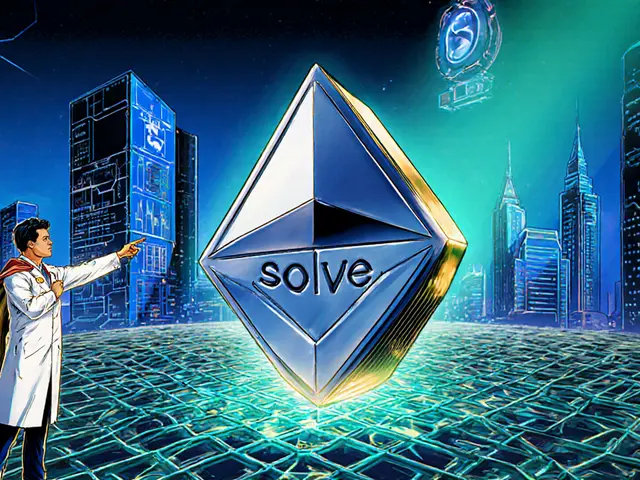Blockchain: How It Works and Why It’s Changing Industries
When you hear blockchain, a decentralized digital ledger that records transactions across many computers so that any involved record cannot be altered retroactively. Also known as distributed ledger technology, it’s not just the backbone of Bitcoin—it’s rewriting how industries track value, ownership, and trust. Unlike old systems that rely on banks or warehouses to verify things, blockchain lets multiple parties see and agree on the same data in real time—no single boss needed.
This tech isn’t magic. It works because every new block links to the last, creating a chain that’s nearly impossible to cheat. If someone tries to change a record, everyone else on the network notices instantly. That’s why companies like Walmart and Maersk use it to track food shipments or shipping containers. With smart contracts, self-executing agreements coded directly into the blockchain, payments happen automatically when conditions are met—like releasing funds when a package is delivered. No lawyers, no delays. And when you need supply chain transparency, the ability to trace every step of a product’s journey from origin to store, blockchain gives you a tamper-proof timeline. Same goes for traceability, the practice of identifying the source and history of goods using digital records. In pharma or fashion, that means knowing if your medicine is real or your jeans were made ethically.
It’s not about replacing everything overnight. It’s about fixing the broken parts—slow paperwork, hidden fees, fraud that slips through cracks. The posts below show you exactly how this plays out in real logistics systems, with clear examples of what works, what doesn’t, and how to start using it yourself. You’ll see how companies cut costs, reduce errors, and build trust without relying on old-school middlemen.






